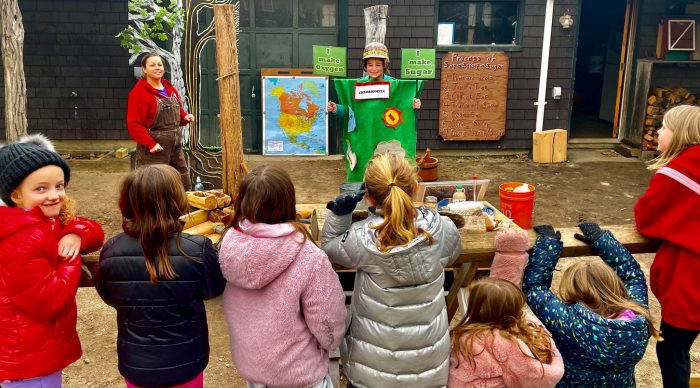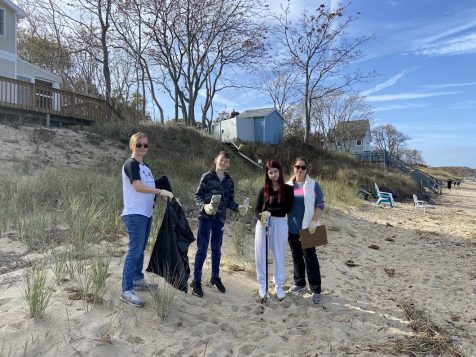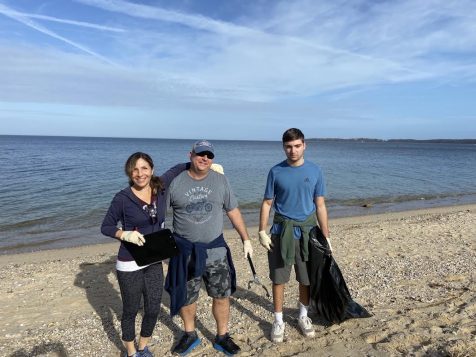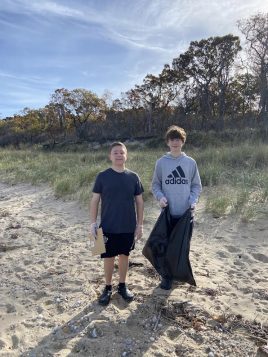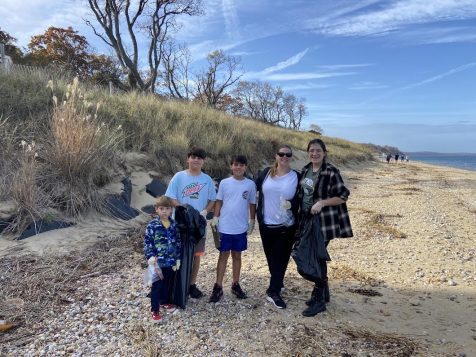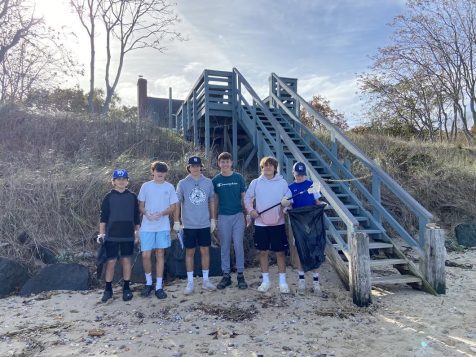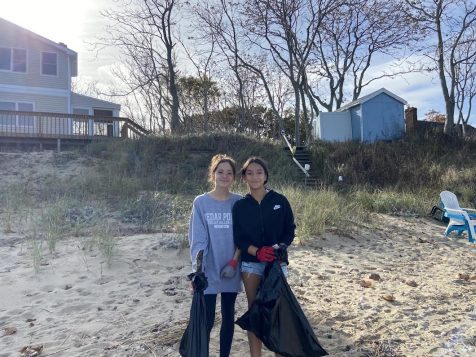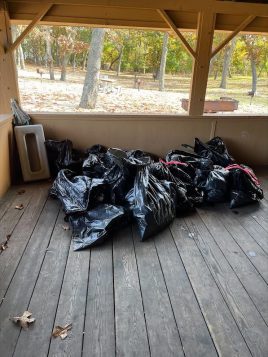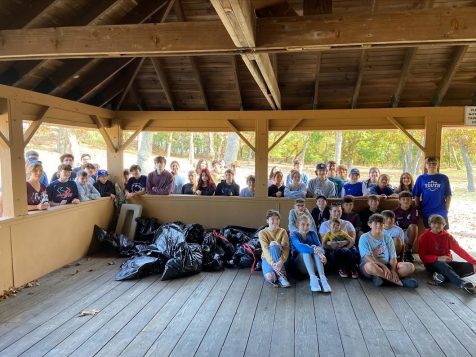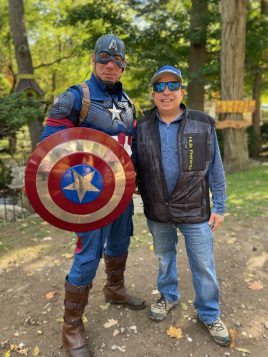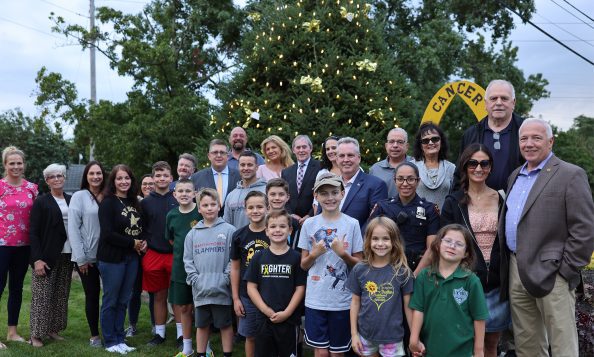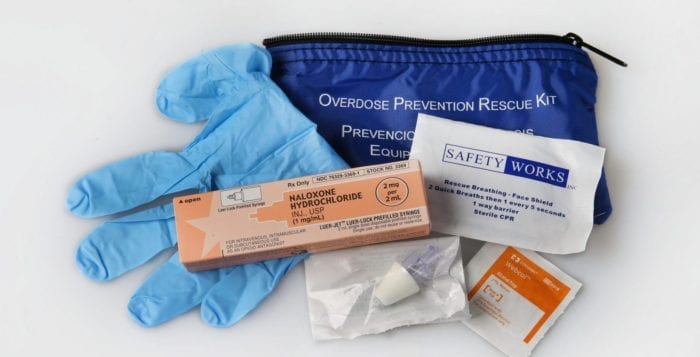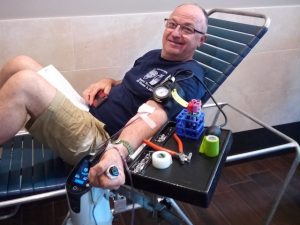Many St. James residents as well as those in surrounding communities are breathing a sigh of relief after a recent update from the Town of Smithtown regarding a proposed assisted living facility. However, homeowners living near Route 25A in Head of the Harbor and St. James are growing concerned and impatient about a proposed church on the corridor.
Bull Run Farm
Town Supervisor Ed Wehrheim (R) said in a statement that the Town Board would not move forward with a special exception for a proposed assisted living facility on the former Bull Run Farm parcel on Mills Pond Road.
“We as a board demanded community outreach by the applicant, prior to bringing this application to the board for a public hearing,” he said. “This is something we insist on when large development is proposed in an area that abuts up to residential zoning, and to provide total transparency to the community. In the end, there was insufficient support from the Town Board to proceed with a special exception.”
Earlier this month residents crowded the second floor of the St. James Firehouse on North Country Road to air their concerns about the possible development of former farmland. An informational meeting was headed up by attorneys for Frank Amicizia. The Fort Salonga developer had proposed a two-story, 97-bed facility on 9.02 acres of property on Mills Pond Road that is zoned residential. The facility would have needed a special exception from the Town of Smithtown.
Residents’ concerns included the proximity to the Gyrodyne property on Route 25A which also faces potential development; 24-hour lighting on the property; increased traffic; and the building not fitting the community aesthetics. Others were concerned about a sewage treatment plant that is proposed for the property, ranging from how it would affect local waterways due to the disposal of pharmaceuticals in the facility to the noise it would make.
Judy Ogden, a Head of the Harbor trustee and spokesperson for the Saint James-Head of the Harbor Neighborhood Preservation Coalition, said, “This is exactly the kind of leadership that residents hope for in their elected officials.” The coalition along with the Facebook group Save Bull Run Farm headed up the opposition against the proposed development citing the plans were not in line with the town’s Draft Comprehensive Plan.
“The supervisor’s comments about the need to protect the bucolic nature of this portion of Mills Pond Road is especially encouraging,” Ogden said.
Timothy House
Less than 2 miles down the road, residents of Head of the Harbor and those surrounding the historic Timothy House on Route 25A were prepared to attend a public hearing Wednesday, March 15, to air their concerns about a proposed house of worship to be built on the property. The day before the meeting, Village of Head of the Harbor officials posted on its website that it was canceled.
According to an email from Head of the Harbor Mayor Douglas Dahlgard, the monastery monks originally submitted an application to the village’s Planning Board in 2021. The application, which included constructing a house of worship and school, was delayed when the monastery decided to change counsel and amend the plan.
Dahlgard said the amended plan will require a special use permit and will also involve a time-consuming process.
“Prior to last week’s scheduled trustees meeting, we decided to delay to give us more time to prepare to properly represent our village,” Dahlgard said.
The mayor added they will be checking with the monastery’s counsel to see what date works for him for a public meeting.
The Russian Orthodox Monastery of the Glorious Ascension, also known as the Monastery of Saint Dionysios the Areopagite, purchased Timothy House in 2018.
The amendments to the proposed 3,341-square-foot building include being situated farther from Route 25A than originally presented and moving planned parking spots from the front of the building to the back.
Head of the Harbor historian Leighton Coleman III said in an email that local residents have concerns about multiple issues regarding the proposed house of worship and school, including the parking lot for 35 cars being situated close to neighbors’ properties.
Among the residents’ concerns are also the impact the construction will have on the historic property, lighting from the parking lot and increased traffic on Route 25A. Many have had issues before the application, including a huge metal storage container on the property that has become an eyesore.
Timothy House, constructed in the 1800s, was once the home of former Head of the Harbor historian and architectural preservationist Barbara Van Liew, who died in 2005. The house was built by a descendant of Smithtown founder Richard Smith.

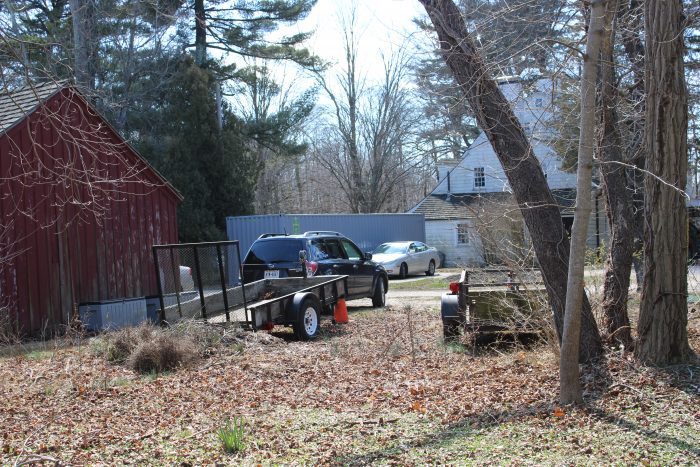

 “This is an outstanding service for residents, especially for residents living on a retirement or pension. There is no cost for labor, as you only cover the cost of any parts or materials needed for the repair. Our team of trained professionals are thoroughly vetted, friendly and trusted employees who genuinely love helping our senior community. If you are looking to help out a parent, or you are over the age 60 and have a few minor repairs around the house that need to be taken care of, I would highly recommend calling the Senior Center to schedule a service call,” said Town of Smithtown Supervisor Ed Wehrheim.
“This is an outstanding service for residents, especially for residents living on a retirement or pension. There is no cost for labor, as you only cover the cost of any parts or materials needed for the repair. Our team of trained professionals are thoroughly vetted, friendly and trusted employees who genuinely love helping our senior community. If you are looking to help out a parent, or you are over the age 60 and have a few minor repairs around the house that need to be taken care of, I would highly recommend calling the Senior Center to schedule a service call,” said Town of Smithtown Supervisor Ed Wehrheim.
